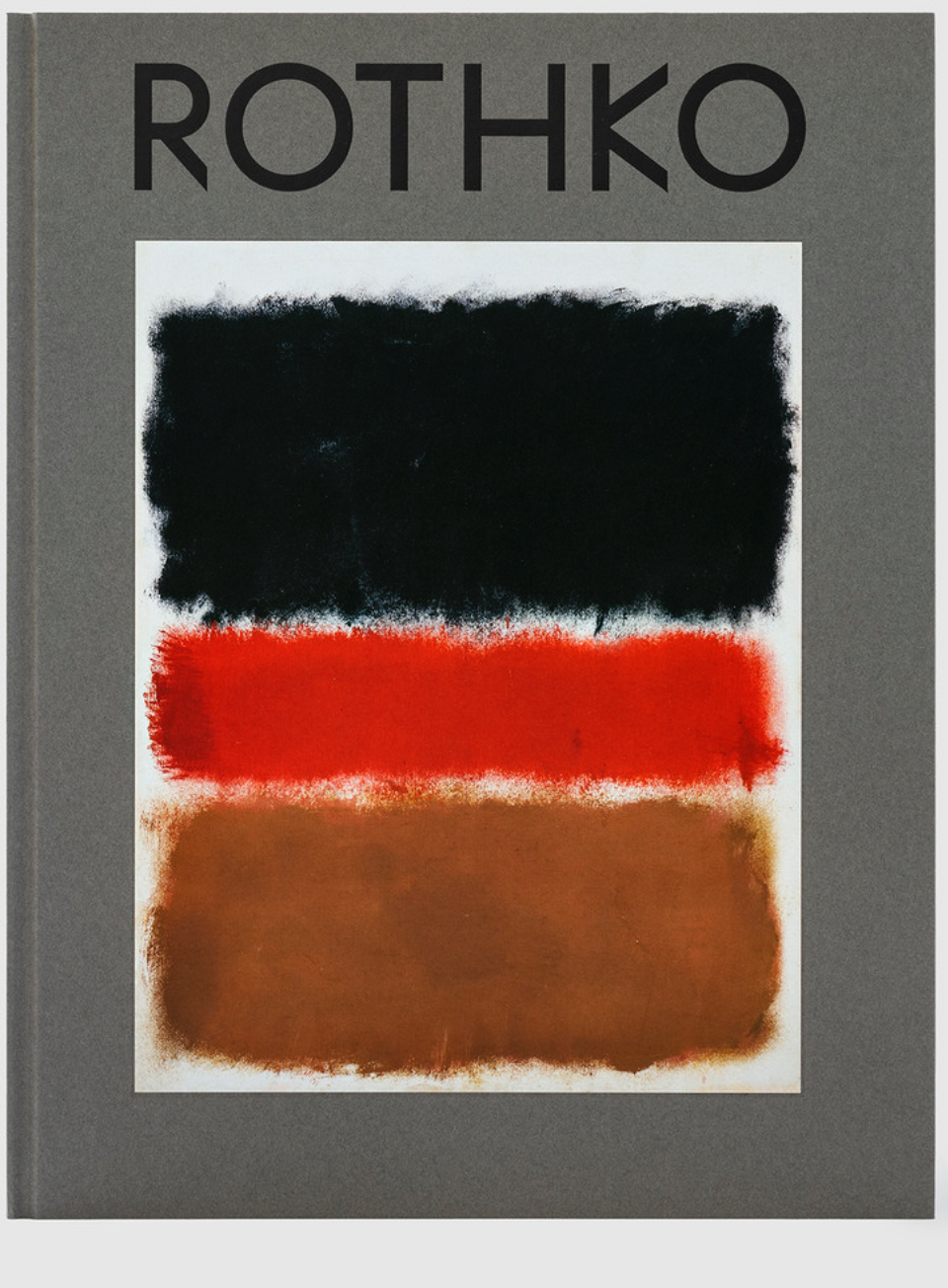Mark Rothko
1968: Clearing Away
Pace Publishing
 Since its inception in 1960, Pace Gallery has established itself as a veritable heavyweight on the firmament of contemporary and modern art galleries with nine locations worldwide, which unfortunately I have not had to chance to experience yet in the third dimension.
Since its inception in 1960, Pace Gallery has established itself as a veritable heavyweight on the firmament of contemporary and modern art galleries with nine locations worldwide, which unfortunately I have not had to chance to experience yet in the third dimension.
Learning about Pace Gallery focussing its London gallery’s inaugural program on Mark Rothko’s paintings of the late 1960s intrigued me, especially since it marked the first time a whole exhibition was dedicated to what some perceive to be Rothko’s most accomplished yet rarely seen paper-based output.
The accompanying opulently illustrated catalogue is not only framed by essays penned by esteemed curators like Eleanor Nairne, but is endorsed by Christopher Rothko, who introduces and contextualises Mark Rothko 1968: Clearing Away.
Compiling Rothko’s emissions from the late 1960s, the catalogue zeroes in on paintings that were produced during times of turmoil as Rothko suffered from ill health and problems in the realm of his personal life, which resulted in him scaling back from monument sized canvases to more intimate formats and saw the ignition of Rothko’s enthusiasm for luminous colours accentuated by acrylic effects.
While I have always enjoyed Rothko’s oeuvre and the meditations on it, claiming that Rothko’s subtle manipulations of pigments paired with his meticulous attention to detail and the way he negotiates space to create an interesting tension between geometrical forms is sublime, would be an understatement par excellence.
Inspired by the Nietzschean notion that the artist should strive to eliminate all obstacles between both the paint and his work as well as between the behold and underlying ideas, 1968: Clearing Away is an example par excellence for Rothko spontaneously interpreting infinity and boundlessness.
Given the way Pace Gallery expertly sheds light on a master of the New York School and managing to portray part of his oeuvre in a new light through which Rothko’s experimental engagement with process is highlighted, makes me want to delve deeper into Pace’s five hundred title deep legacy in bookmaking.